
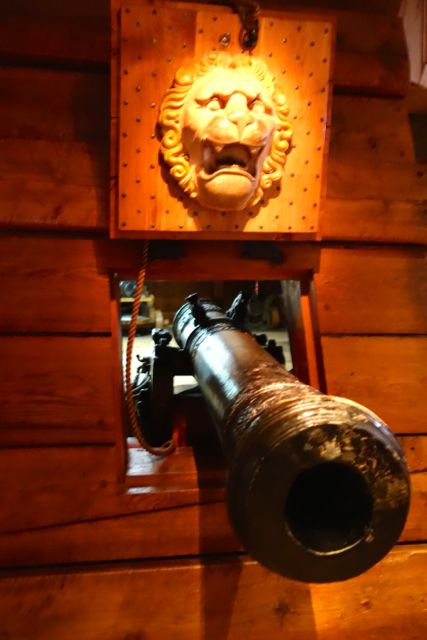
Acke made about 57 dalers in annual wages before food on board and material for clothing were deducted, leaving him with only about a quarter of that sum. Like all seamen, one set of jacket and breeches and a linen shirt were all that he owned and the only protection against the harsh weather. It was up to him to patch his one pair of gloves and shoes.
When not stationed at the gun carriage Acke would remain deep in the battery deck. There, in semi-darkness, he would share space with the other seamen and typically 300 additional soldiers. He would also sleep there. But on August 10, 1628, there would be no sleep.

It was not a magnificent life for Acke. He used his wooden spoon and sheath-knife to eat out of a communal bowl. Food was a porridge made from barley groats and various dried foods, such as beans, peas, salt beef, pork and fish. The food was cooked in a cast-iron cauldron over a smoky open fire below deck. He washed it down with a daily ration of three liters of ale.
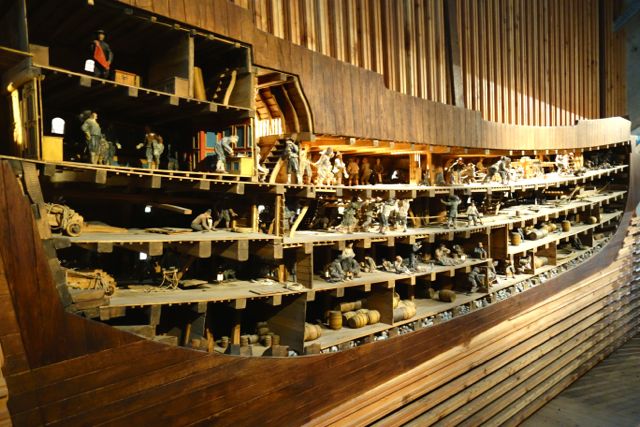
Still, King Gustavus II Adolphus and good people of Stockholm were immensely proud of their new warship. The King arranged for the maiden sailing to take place on a Sunday, so families would have the day off to watch the proceedings. Women and children joined the hundred-plus crew on board. Sailors set four of the Vasa’s ten sails and the guns fired a salute from their open portholes as she left the harbor.
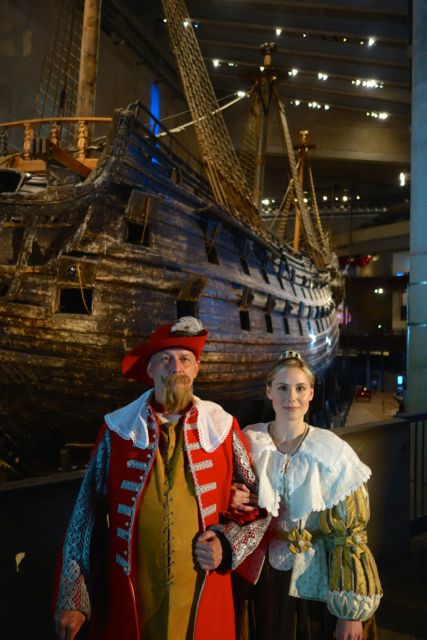
There was no keel-hauling on Sunday, August 10. It was a beautiful day to launch, with light winds. But when the Vasa left the harbor a stronger wind entered her sails and she began to heel over severely. Worse, water gushed through the open gun ports and the now unstable ship quickly sank.
There was nothing Acke and the other seamen could do but try to escape flooded decks and swim for their lives back to shore. Fortunately, most of them lived.
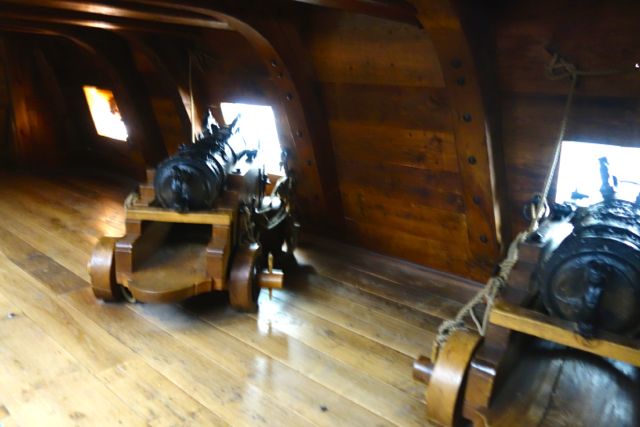
Then came the enormous job of dealing with the “world’s largest jigsaw puzzle” and the complexity and hazards of preservation. That preservation effort is still an ongoing challenge, engaging experts from around the world. In the meantime, we can marvel at this piece of history that has come alive for us in the 21st century!
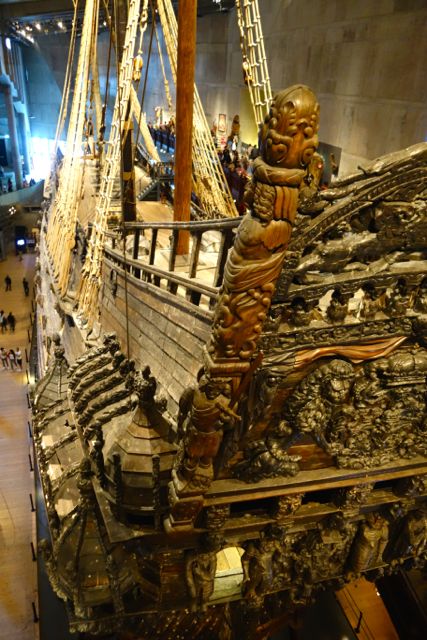
Pictures can’t really do justice to the scale and wonder of this ship, submerged for more than 300 years. Watch my short video below for more perspective.
Credits: Many thanks to the guides at the Vasa for their stories that inspired this article. Also thanks to Lisa Mansson, Vasa Museum Director. Finally, many facts and figures were gleaned from the Vasa Catalogue and its author, Erling Matz.
Have you been to the Vasa Museum? Do you have any questions? Feel free to comment at the bottom of this post.
What’s upscale?
Sweden has spared no expense in developing this incredible museum, which was literally built around the ship.
Splurge for a Stockholm Pass, which includes transportation and museums such as the Vasa.
What’s budget?
The museum is easily accessible as a stop on the #7 Tram line or a walk to the ferry that connects to Gamla Stan.

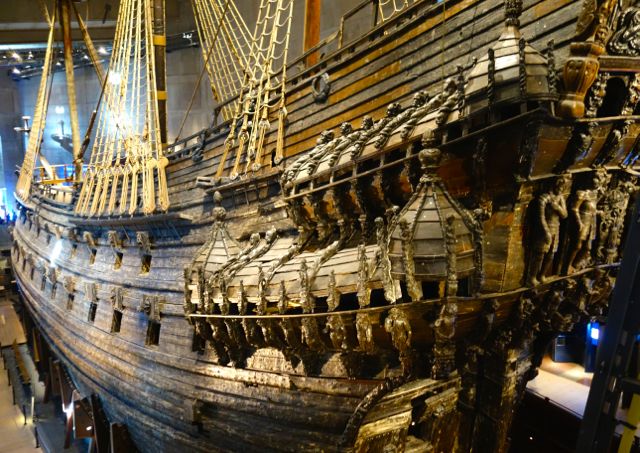

Great piece! Even that is just the 8th oldest ship preserved, the Vasa is worth to be seen! I am fortunate to have visited the Barcelona Maritime Museum before the Vasa Museum, what a difference: the place was built for and around the Vasa, I consider it the Cathedral of medieval sailships. Thank you , Stephen!
Thanks, Laszio. I haven’t been to the museum in Barcelona; I will have to check that out on some future journey. You are certainly right about the creativity of actually building the Vasa Museum around the ship after it was docked! So many interesting stories. For example, I was told they sprayed the wood with polyethylene glycol (used in lipstick) for 14 years to prevent shrinkage and cracking!
After 4 visits to the Vasa Museum I can only agree: this is a must visit museum and personally I would say it’s my favourite museum worldwide!
I can’t disagree, Heidi. It certainly is the most unique museum I have ever visited, and I just connected with it in a person way.